Many dog owners have that frequent and valid question. If you enjoy steak, you probably want your beloved dog to eat the most coveted meat in existence. What is the best way to cook steak for a dog, if any, and is it safe? Can dogs digest steaks as we can?
When it comes to dog ownership and steak, we’ve got you covered with the answers to your most important questions.
Let’s dispel a small myth first: dogs are not carnivores like their wild relative, the wolf. They are actually omnivores. You might believe that providing your dog with unlimited amounts of meat is best for their health. Because we’re fixated on the idea that dogs are descended from carnivorous animals, many people hold this belief.
But domestic dogs also require fruits and vegetables for a well-balanced diet, making them omnivores. This is not to say that meat is unhealthy for them, but they only require meat in moderation, just like humans.
How Much Raw Beef Can I Feed My Dog?
The number of calories a dog requires per day, based on their activity level and age, is all about kcals.
90% of your dog’s daily diet, if used as a snack or training treat, should consist of food with a balanced nutritional profile. Also, treats should only make up 10% of the caloric intake, despite how difficult it can be to resist eating a few extra at snack time.
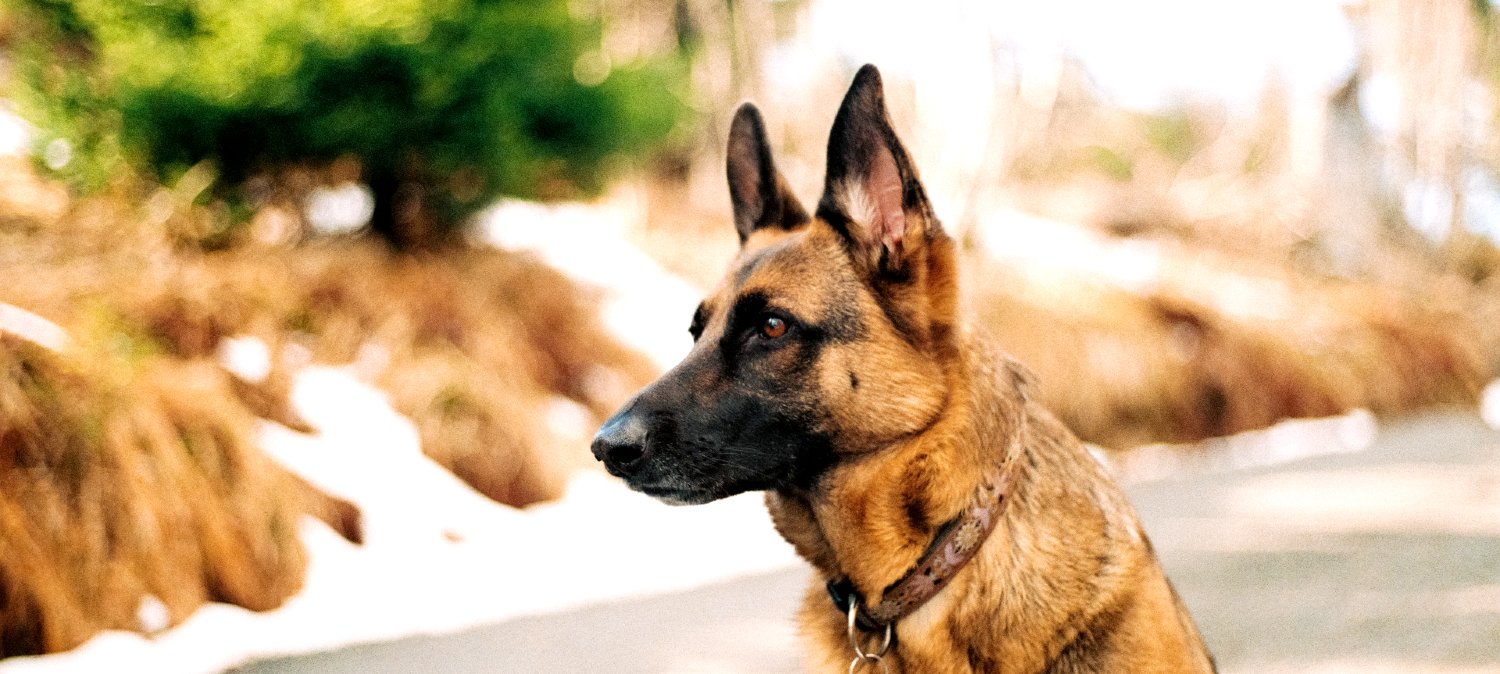
Happy tippy taps will start regardless of how you serve the beef, but keep in mind that while a great addition to the bowl, raw beef alone doesn’t provide your dog with a balanced meal. If you want to include raw beef in their diet, add it as a topping to a complete and balanced meal or think about switching to a well-balanced DIY raw diet.
What Makes Raw Beef a Good Choice?
Your dog, the carnivore, NEEDS meat to thrive.
Consider the diet of dogs prior to their introduction into the home. What did animals eat for generations when they were free to roam without us? They did not hunt wild kibble, of course, as a dog’s biology calls for a carnivore diet.
Dogs share 99. 9% of the same DNA as the grey wolf. When we domesticated animals, we bred them for particular traits (like hunting or herding) and appearance (looking at you, pugs), but we didn’t eliminate their genetic makeup.
The basic physiology, i. e. since domestication, their internal anatomy has barely changed, which also means their nutritional needs haven’t.
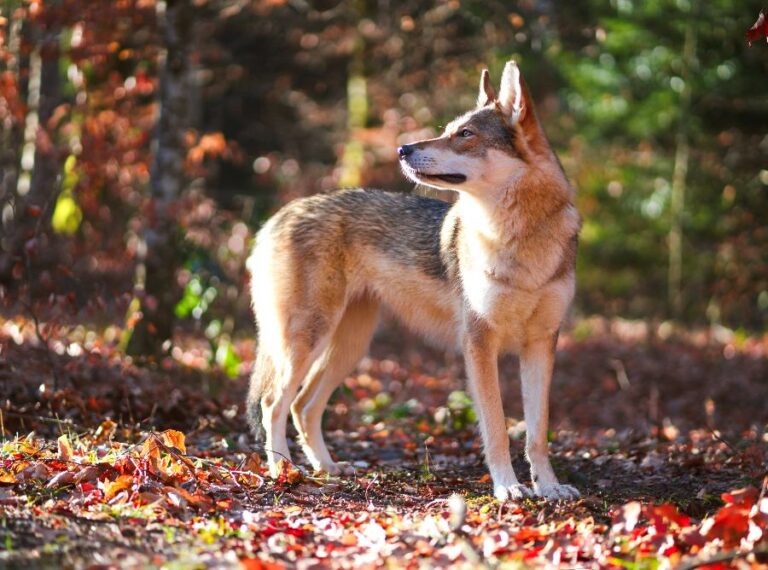
Take a peek inside their mouths–
Designed for ripping and tearing meat from the bone, large canines and pointed molars are present.
There is little to no salivary amylase in their mouth, which is required to break down carbohydrates.
The amount of bacteria present in fresh prey can be handled by their stomach’s high acidity levels.
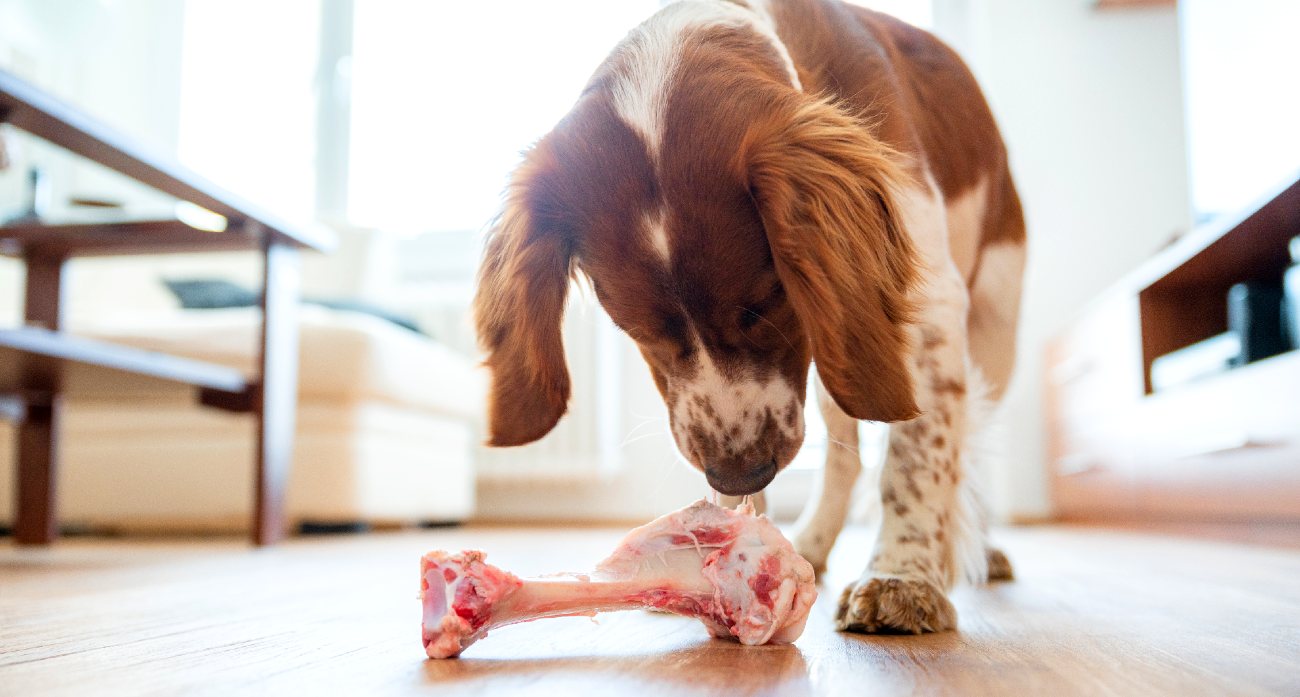
With anatomy like that, a dog’s diet should match.
And of course, a diet low in carbohydrates, with no more than 25% or so coming from fruits, vegetables, seeds, and even small amounts of predigested grains (though the less, the better).
But there are a few things you should know first before adding a chunk of raw beef to your carnivore’s bowl and calling it dinner.
Not all beef offers equal nutritional value. Most animals used in beef production are grass-fed or grain-fed. The grass-fed variety is best for your dog’s health, and here’s why
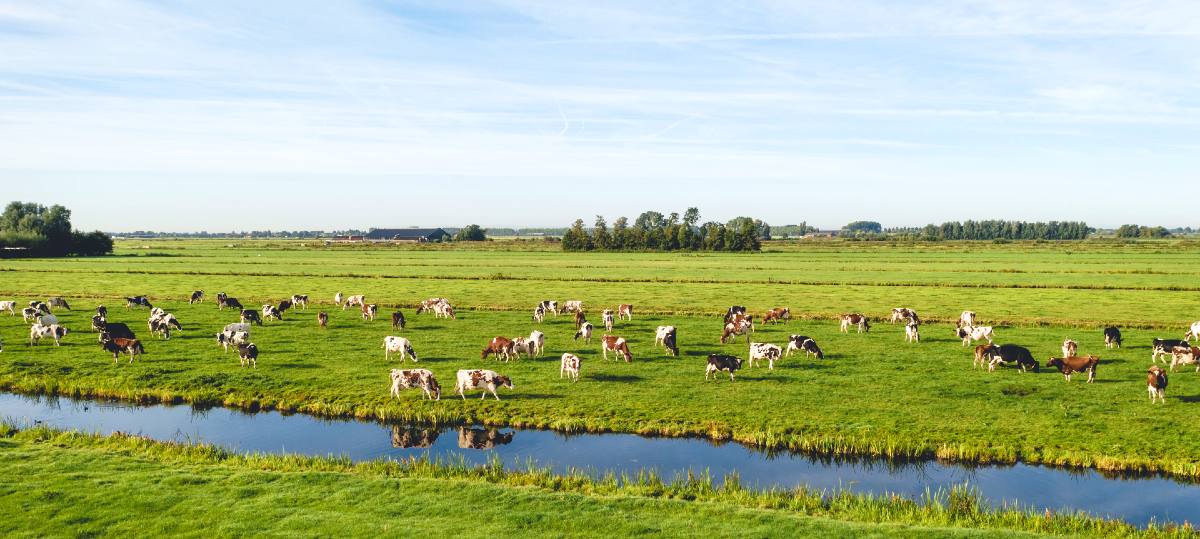
A carnivore’s diet must contain essential fatty acids like omega-3 and omega-6. Since dogs cannot naturally produce them, we must give them to them daily in their diets.
Additionally, Omega 3 and Omega 6 need to be balanced to be effective. Omega-3 to Omega-6 fatty acid ratio in the diet should be set at 1:1. This is important, so puppies, pay attention with your ears.
Chronic inflammation brought on by an excess of omega-6 and a deficiency of omega-3 can have devastating effects on the body, including diabetes, gastrointestinal problems, and cancer.
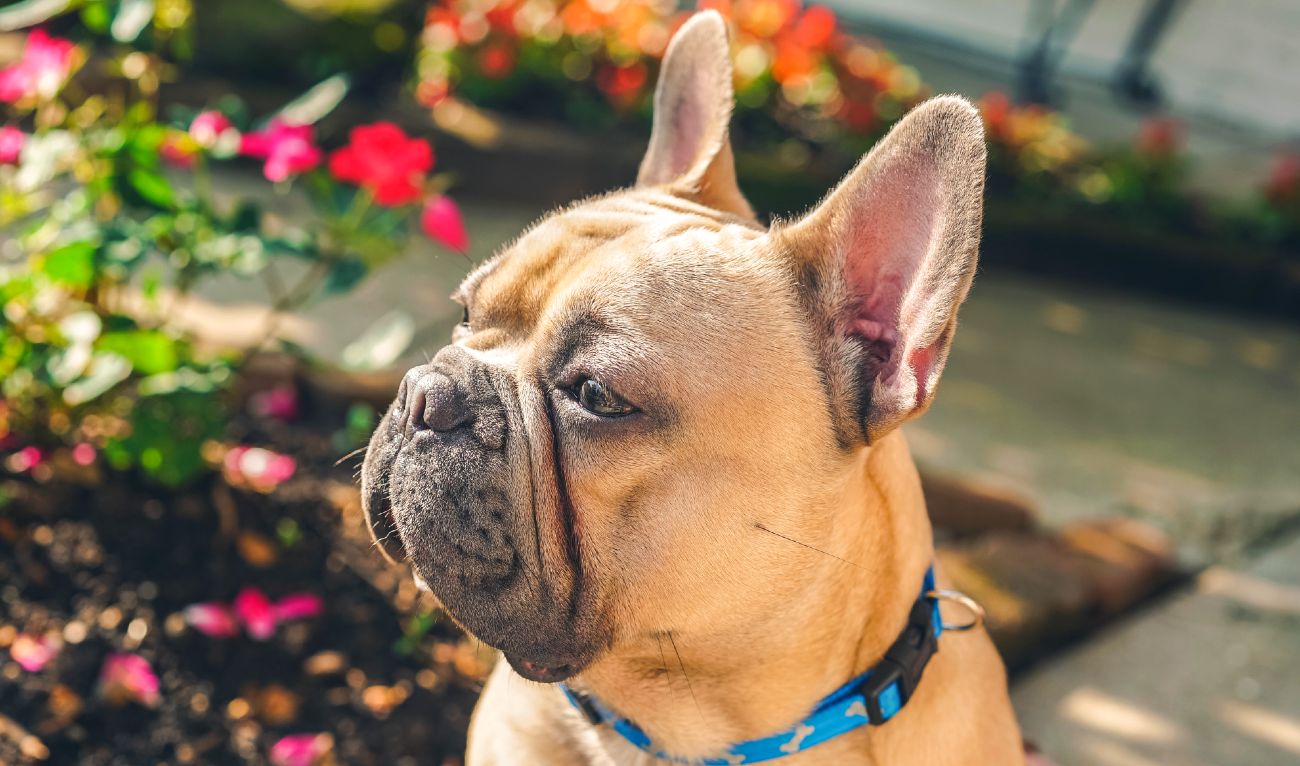
Omega-3 to omega-6 essential fatty acid ratios in raw grass-fed beef are more evenly distributed. Compared to grain-fed cows with higher levels of Omega-6, meat from grass-fed cows has almost five times the amount of Omega-3 fatty acids.
And then there’s the fat difference. Because they are free to roam the pastures all day without carbo-loading, animals that are fed on grass have leaner muscle mass. Thus, the muscles and organs will have more nutrients and experience less cell oxidation brought on by stress.
For Mr. Squishmallow, grass-fed is the superior choice.
High in Cholesterol
A three-ounce serving of steak has nearly 60 milligrams of cholesterol, which is high and can be harmful to heart health.
FAQ
How much raw steak should I feed my dog?
Feeding guidelines suggest consuming 2-4% of the animal’s body weight. Greater amounts of their body weight will be needed for smaller dogs, while smaller amounts of their body weight will be needed for larger dogs. The daily portion should be split between morning and night.
Do dogs prefer raw or cooked steak?
They frequently choose cooked meat first because it has a stronger aroma than raw meat, despite the fact that they continue to consume raw meat. My cats and all of my dogs are like this.
What raw meat is safe for dogs?
According to Dr. Dogs “thrive on chicken, turkey, and beef,” according to Laurie Coger, DVM, CVCP, making them excellent choices for raw food diets. But your dog’s general health may determine the best protein to feed him. “Beef and pork are the lowest in sodium.